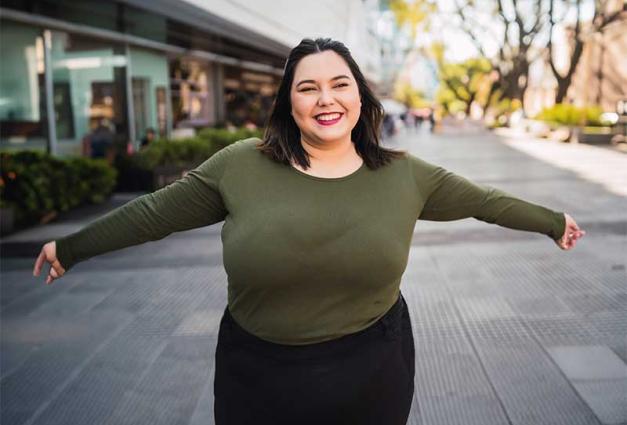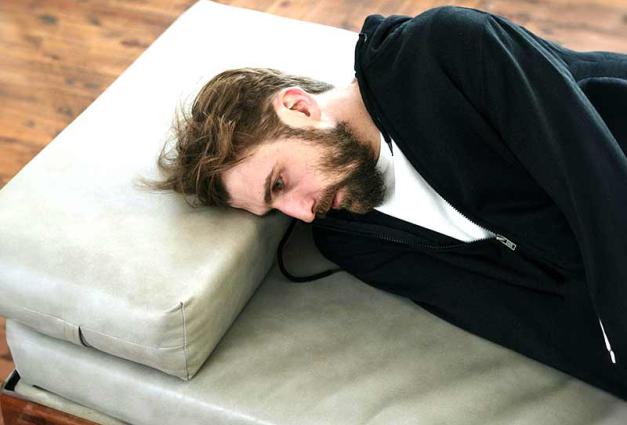Keith Bardwell “does not do interracial marriages.” Bardwell, a Louisiana justice of the peace, refused Beth Humphrey and Terence McKay a marriage license in 2009, citing concern for the couple’s potential children.
In a society segregated and stratified by race, but increasingly racially mixed, people are faced with more opportunities than ever for developing - and changing - their ideas about race and interracial relations. Dr. Allison Skinner’s research shows that people perceive interracial relationships differently based on whether they are personally monoracial or mixed race.
Dr. Skinner and colleagues found that monoracial Black or White people favored same-race couples over mixed-race couples. Multi-racial participants, she reasoned, have more flexible racial identities and have few romantic options that are not themselves multiracial. Over 90% of mixed race people have been in self-described interracial relationships, and they usually have long-term intimate contact with a least one interracial couple, most often their parents. Accordingly, mixed race people had no implicit preferences for same-race versus interracial couples, and expresses an explicit preference for interracial couples.
Across all racial groups, having more personal contact with interracial couples predicted improved attitudes toward interracial couples, offering insight as to how these attitudes might be improved. However, simply being exposed to images or media representations of interracial couples wasn’t enough to shift attitudes. James Rae, who studies social biases, described research echoing this point: that exposure to certain racial groups isn’t enough to eliminate or reduce prejudice. According to his research, exposure can even backfire under the wrong conditions.
Dr. Rae solicited responses from 35,000 people, who reported their personal contact with people from racial outgroups in contexts like friendship and romantic relationships. The researchers combined this data with the proportion of diversity in each state and county. White people’s reported attitudes toward Black people had little to do with diversity in their state or county, but rather with their personal contact with those groups.
White people, on average, reported only one close relationship with someone of a different race. For those who reported above-average contact (two relationships) with people of other races, the diversity in their state or county had nothing to do with their attitudes toward Black people. And for people who reported zero interracial contact, more diversity predicted more negative attitudes toward racial outgroups.
This nuance in how diversity changes attitudes cautions us that rather than directly reducing prejudice, diversity can seem threatening to majority groups (e.g., via greater competition for jobs), and these threats can cause it to backfire. Thus, these threats could be overcome by diversity paired with equality, where racial groups are equal in status, offering the potential for people to develop experiences of positive interpersonal contact.
Written by Liz Redford, doctoral candidate at the University of Florida
Presentation: "Interactive Effects of Outgroup Exposure and Intergroup Contact on Implicit and Explicit Racial Bias," part of the symposium Racial/Ethnic Diversification in the U.S.: Emerging Social Psychological Issues, held Friday March 1, 2018.
Speakers: Danielle Young, Manhattan College; Allison Skinner, Northwestern University; Linda Zou, University of Washington; James Rae, University of Oxford




